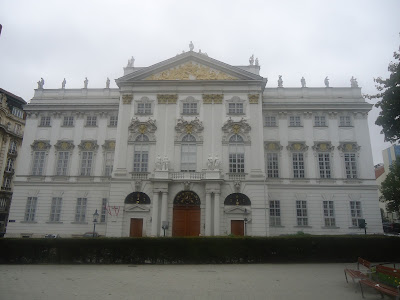Munich Residenz,don't jugde a palace by its facade

One of the greatest palace surprises ever was the Residenz in Munich. As the proverb says: don't jugde a book by its cover, it also can apply to seemingly boring palaces. So don't jugde a palace by its facade. Some Facts The Residenz is the largest city palace in Germany and is today open to visitors for its architecture, room decorations, and displays from the former royal collections. The complex of buildings contains ten courtyards and displays 130 rooms. own pictures of the Residenz taken in 2014 Some royal history The first buildings at this site were erected in the year 1385 and were financed by the township of Munich as a sanction for a failed uprising against Stephen III (1375–1413) and his younger brothers. The Silver Tower (Silberturm), as the strongest bastion, was significantly situated next to the inner walls protecting the castle against the city. With the order of William IV (1508–1550) to expand the Neuveste with the so-called Rundstubenbau and to set up the


.jpg)